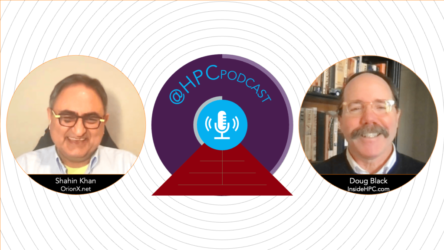In the The Messenger Lectures in 1964 at MIT, Richard Feynman said “On the other hand, I think I can safely say that nobody understands quantum mechanics. … Do not keep saying to yourself, if you can possibly avoid it, ‘But how can it be like that?’ because you will get ‘down the drain’, into a blind alley from which nobody has escaped. Nobody knows how it can be like that.”
Why is that? And can the teaching and understanding of Quantum Mechanics be simplified without loss of accuracy or mathematical rigor? For the answer, you have come to the right podcast!
Bob Coecke, co-author with Stefano Gogioso of the recently-released book Quantum in Pictures: A New Way to Understand the Quantum World joins us to discuss why quantum mechanics is so hard, the inspirations behind the book, and how he’s working to make quantum computing more accessible through his work.
Bob is Chief Scientist at Quantinuum, Distinguished Visiting Research Chair at the Perimeter Institute for Theoretical Physics, Emeritus Fellow at Wolfson College Oxford. For the previous two decades, he was Professor of Quantum Foundations, Logics and Structures at the Department of Computer Science at Oxford University, where he co-founded and led a multi-disciplinary Quantum Group that grew to 50 members and supervised close to 70 PhD students. He pioneered Categorical Quantum Mechanics, ZX-calculus, DisCoCat natural language meaning, mathematical foundations for resource theories, Quantum Natural Language Processing, and DisCoCirc natural language meaning. His work has been headlined by various media outlets, including Forbes, New Scientist, PhysicsWorld, ComputerWeekly. He’s also a musician and painter.
The OrionX editorial team manages the content on this website.


